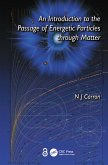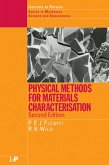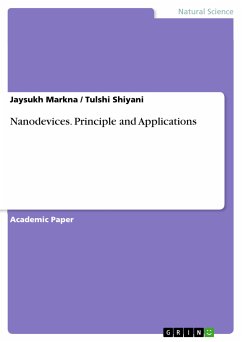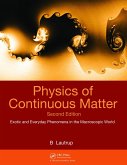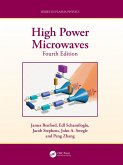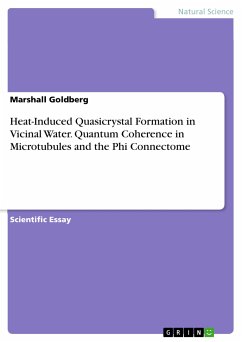Scientific Study from the year 2019 in the subject Physics - Nuclear Physics, grade: 0.82, University of Manchester (The University of Manchester), language: English, abstract: Alpha particles, or Helium nuclei, are projected by a radioactive isotope source into a vacuum chamber filled by varying thicknesses of either metallic foils (aluminium, nickel) or gases (helium, nitrogen, argon). A Silicon detector, placed at the opposite end of the chamber, detects the final energies of the alpha particles as they penetrate through the media. It is theorised by the Bethe-Bloch equation that the greater the thickness of the medium in the vacuum chamber, the lower the final energies. Through comparison between the Bethe-Bloch equation and experimental data, the ionisation values for the various elements used can be found. Our preliminary results for one such element, aluminium, demonstrate an ionisation value of I=141.2eV.
Dieser Download kann aus rechtlichen Gründen nur mit Rechnungsadresse in A, B, BG, CY, CZ, D, DK, EW, E, FIN, F, GR, HR, H, IRL, I, LT, L, LR, M, NL, PL, P, R, S, SLO, SK ausgeliefert werden.



